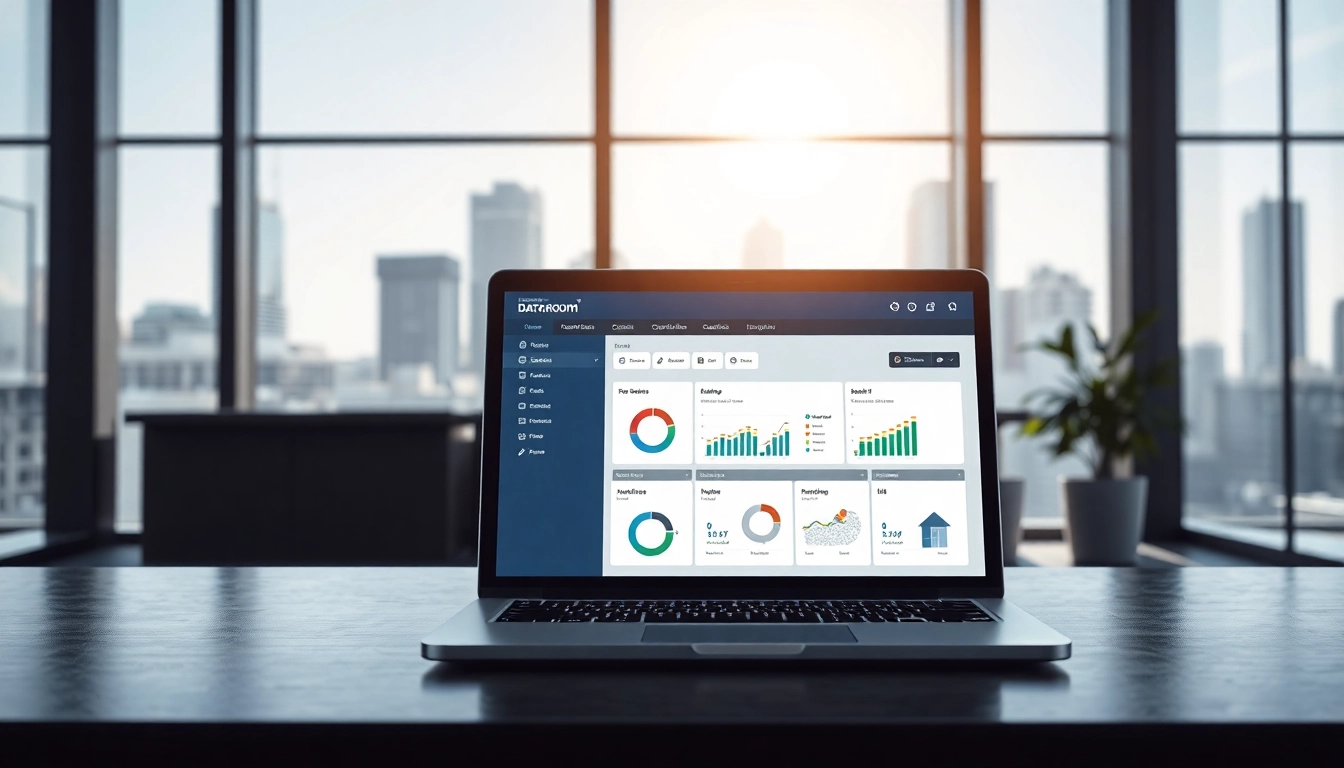
Introduction to Call Center Pricing
Understanding call center pricing is essential for businesses looking to optimize their customer service functions. Whether you’re considering establishing an in-house call center or outsourcing your services, grasping the various costs involved can significantly impact your financial planning and operational efficiency. A comprehensive understanding aids in making informed decisions, thereby ensuring your customer interactions are both effective and economical. In this detailed guide, we will delve into Call Center Pricing and explore how different pricing models and regional variances can affect your business strategy.
What is Call Center Pricing?
Call center pricing refers to the various cost structures associated with establishing and maintaining a call center. This includes the price per call, the hourly rates for agents, software licensing fees, and any additional costs related to infrastructure and training. Understanding these elements is crucial, as they combine to form the overall budget necessary for a functioning call center.
Importance of Understanding Call Center Pricing
For businesses, understanding call center pricing is not simply a matter of finding a service that fits within a budget. It is about determining the best value proposition that aligns with organizational goals. An in-depth grasp of pricing models can lead to better negotiations with service providers and a clearer picture of the expected return on investment (ROI) when employing call center solutions. Furthermore, it helps businesses forecast customer service expenses, allowing for better allocation of resources.
Key Factors Influencing Call Center Pricing
Several factors can influence call center pricing, including:
- Type of Service: Different services such as technical support, customer service, or sales can vary greatly in cost.
- Location: Costs can differ based on whether the call center is based locally, offshore, or in nearshore locations.
- Volume of Calls: Higher call volumes can lead to lower per-unit costs due to economies of scale.
- Technology Utilized: The sophistication of the call center technology and software can considerably impact the pricing.
- Agent Skills and Qualifications: More experienced agents may command higher salaries, influencing overall costs.
Types of Call Center Pricing Models
Hourly Pricing Model Explained
The hourly pricing model is one of the most straightforward ways to assess call center costs. In this model, businesses are billed based on the number of hours agents spend handling calls. This approach is beneficial for companies with fluctuating call volumes or that require temporary support for specific campaigns. Hourly costs can vary based on the agent’s experience and the complexity of the calls being handled, typically ranging from $20 to $50 per hour in various markets.
Per-Call and Per-Minute Pricing
Another common pricing structure is the per-call or per-minute pricing model, often favored for its direct correlation to service usage. In this arrangement, businesses pay a set fee for each call handled or for every minute spent on a call. This model can provide predictability in budgeting; however, extremely high call volumes can lead to escalating costs. Businesses are encouraged to evaluate their call patterns and consider the implications of this model on their financial strategies.
Performance-Based Pricing Options
Performance-based pricing models are becoming increasingly popular, particularly for businesses that link customer service outcomes to revenue generation. In this model, payment is tied to the achievement of specific performance indicators, such as resolution rates or customer satisfaction scores. This method not only incentivizes the call center staff but also ensures that the service quality remains high, as the costs align with business performance. Companies adopting this pricing structure often experience improved overall service outcomes and enhanced customer loyalty.
Regional Variations in Call Center Pricing
Comparative Analysis: US versus Outsourcing Locations
The cost of call center services can vary markedly depending on geographical location. In the United States, the average hourly rate for call center services typically ranges from $20 to $30. In contrast, outsourcing locations such as the Philippines or India often offer significantly lower rates, sometimes as low as $6 per hour. However, it’s crucial to consider that the cost may entail trade-offs regarding language proficiency, cultural alignment, and time zone compatibility.
Impact of Local Economies on Pricing
Local economies play a critical role in shaping call center pricing. In regions with a low cost of living, businesses can typically find labor at a lower cost. For instance, call centers in emerging markets may provide the same service at a fraction of the cost compared to their counterparts in developed nations. However, factors like political stability, infrastructure quality, and technological advancements also affect this pricing landscape, and businesses must gauge their priorities accordingly.
Case Studies of Different Regions
Several case studies illustrate the differences in call center pricing across various regions. For instance, a US-based e-commerce company that shifted part of its call center operations to a provider in India found that it was able to maintain service levels while reducing costs by more than 60%. In contrast, a tech startup in the US that opted to work with an outsourced service in the Philippines benefited from cultural affinities, leading to higher customer satisfaction metrics while still achieving cost savings. These case studies underscore the importance of aligning cost-saving measures with quality and customer experience.
How to Choose the Right Call Center Pricing Structure
Assessing Your Business Needs
Before choosing a pricing structure for your call center needs, it’s vital to assess your specific business requirements. Consider the volume of calls, the complexity of services required, and your desired customer experience. A comprehensive understanding of your operational demands will equip you to select a pricing model that optimizes costs without sacrificing service quality.
Evaluating Cost-Effectiveness
A thorough evaluation of cost-effectiveness should consider both short-term and long-term factors. While a lower-cost provider might seem attractive initially, it is essential to assess their track record for quality and dependability. Price alone should not dictate your choice; you must consider performance metrics, customer feedback, and overall service levels to evaluate the true value being offered.
Long-Term Financial Planning and ROI
Long-term financial planning is crucial when selecting a call center pricing structure. Businesses should project future growth and scale and factor how call center costs will align with revenue expectations. Return on Investment (ROI) should be central to your analysis, focusing on how each pricing model can help achieve financial health and strategic goals.
Conclusion and Future Trends in Call Center Pricing
Emerging Technologies Impacting Pricing
As technology continues to evolve, it is anticipated that new solutions will reshape call center pricing models significantly. Artificial Intelligence (AI) and machine learning are driving efficiencies that could alter how services are billed, shifting from traditional models towards more adaptive and intelligence-driven pricing models. This transition presents both challenges and opportunities for businesses, as companies can leverage technology to enhance service while managing costs effectively.
Forecasting Changes in the Call Center Landscape
Looking toward the future, the call center landscape is expected to adapt to include not only changes in pricing structures but also advancements in customer engagement strategies. The rise of omnichannel support services will drive a more cohesive customer experience. Businesses will need to remain agile, adjusting their pricing models to reflect these emerging trends while maintaining their service standards and operational efficiency.
Final Thoughts on Call Center Pricing Strategies
Ultimately, an in-depth understanding of Call Center Pricing is invaluable for companies aiming to navigate the complexities of customer service management. By comprehensively assessing different pricing models and regional variances, businesses can make informed choices that ensure both cost-effectiveness and quality service. Embracing technological advancements and remaining adaptable to industry changes will prove crucial in optimizing call center operations, contributing to sustained growth and customer satisfaction.





